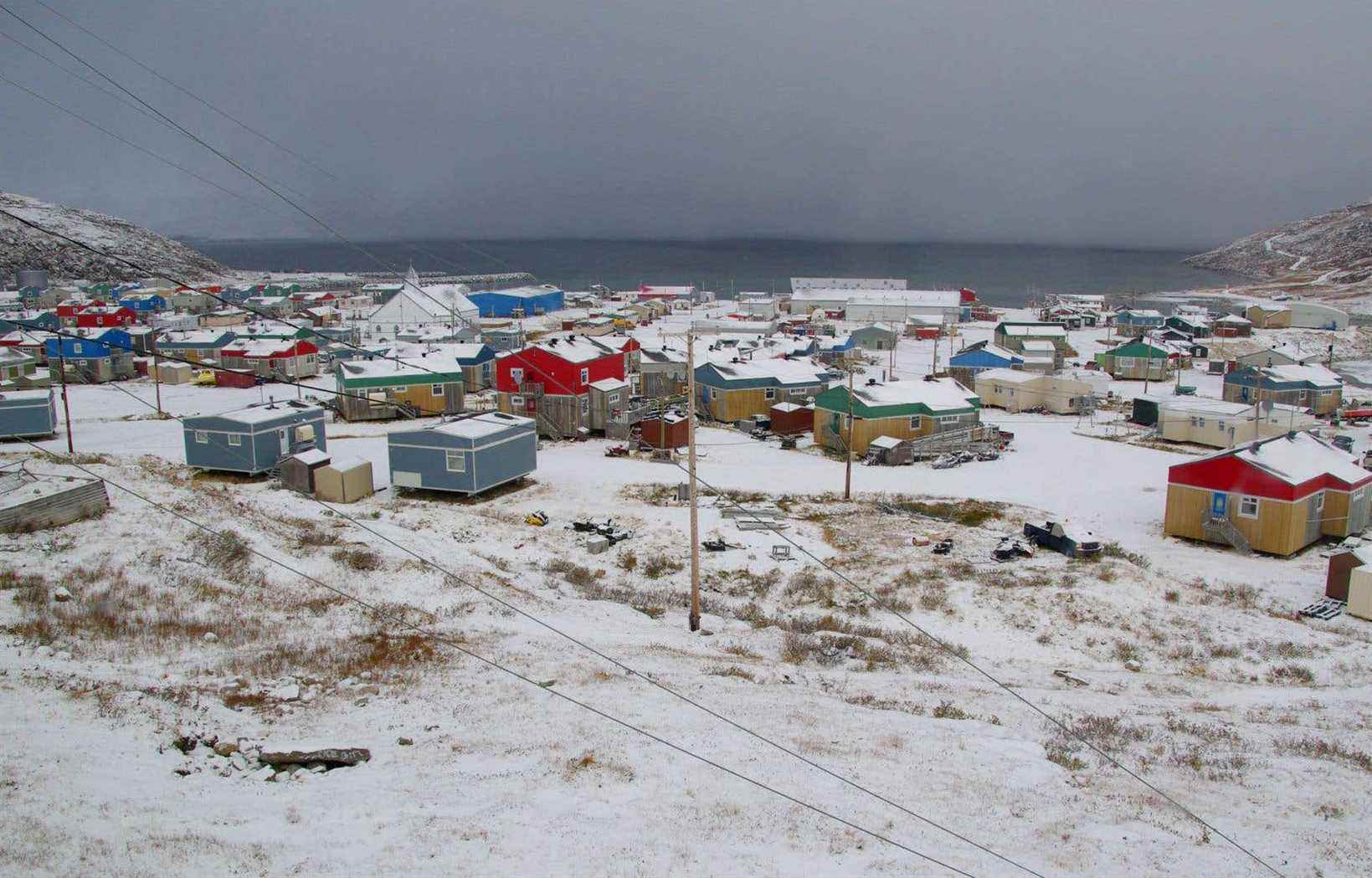The fourth wave of COVID-19 is hitting Nunavik hard. The virus is spreading from village to village and is now raging in 10 of the 14 Inuit communities. Public Health suggests that municipalities call on Rangers, Canadian Army reservists who could offer them technical support and raise awareness among the population.
An offer declined, for the moment, by the municipalities, indicates the DD Marie Rochette, regional director of public health for Nunavik. “There is none who has found it necessary to [recourir à eux] for now, she says. But the door is open, then this is something that is always possible. However, Quebec would have to make a request to Ottawa, as was the case for the deployment of armed forces in CHSLDs.
Nunavik currently has the worst COVID-19 record in Quebec. Its rate of active cases per 100,000 inhabitants is close to 1825, far ahead of the local service network in Granit, in Estrie, which comes second with 516.
COVID-19 has spread like wildfire in Nunavik since the first case was detected on October 7. Public Health identified 222 active cases Thursday. “The situation is not completely under control”, admits the DD Rochette.
Two communities – Tasiujaq and Aupaluk – recently moved to the red alert level. Their population is confined, and non-essential public places, such as schools and daycares, are closed. Four other villages have been living under the same regime, including Salluit for a month.
Containment difficult for residents who live in large numbers in small housing. “We end up with families who have to spend several days, even weeks in complete isolation because one person is infected, after that, another person in the household is, laments the DD Rochette. It places a very heavy burden on families. “
Some communities are doing better and are seeing the light at the end of the tunnel. As of Monday, Kuujjuaq, the largest village in Nunavik, will go from the red level to the “orange plus”, a new level that is more restrictive than the orange level. Children will be able to return to school and daycare, “but restaurants and churches will remain closed,” says DD Rochette.
Few hospitalizations
As the population of Nunavik is young, there have been no deaths linked to COVID-19 and few hospitalizations since October 7. A total of 13 people were hospitalized, including 8 who were evacuated to the south and taken into care by the McGill University Health Center (MUHC). The Montreal hospital center maintains close ties with Nunavik and has been welcoming Inuit patients for a long time.
According to the DD Ewa Sidorowicz, director of professional services at the MUHC, about half of the patients transferred since October 7 have been due to COVID-19. The rest were carriers of the virus, but needed treatment for other health problems or ailments. She cites a pregnant woman as an example. ” Given that [la patiente] was positive for COVID, the region preferred that she give birth closer to a specialized center, but she had no problem with COVID, ”she said.
The hospital capacity of Nunavik remains limited. The region’s two health centers, located in Kuujjuaq and Puvirnituq, have a total of four beds reserved for patients with COVID-19, according to the DD Rochette. However, a 16-bed overflow unit was set up at the Kuujjuaq hospital in anticipation of an influx of patients.
The MUHC also provided training to nurses and physicians in Nunavik to prepare them for the management of patients suffering from COVID-19. He dispatched a nurse specializing in infection prevention and control on Sunday to train staff in villages.
Despite the surge in cases, vaccination coverage is progressing rather slowly in Nunavik. According to the latest regional report, which dates from November 10, 63% of those aged 12 and over have received their two doses of the vaccine. The proportion was 59% on October 17. “It’s not a dramatic increase, observes the DD Rochette. It follows the trend we have seen for the past few months. “
According to her, several reasons explain this low vaccination coverage, such as the fear of side effects, disinformation and anti-vaccine discourse by “certain influential people in certain religious groups” in Nunavik. “Probably, a major factor is the lack of confidence in the health care system, a lack of confidence in the vaccines that come from a system that has not always treated them well and which does not always treat them well yet. , unfortunately, ”she believes.
In Quebec, 87% of those 12 and over are doubly vaccinated. Nunavik Public Health wishes to achieve vaccination coverage similar to that of the southern regions. She intends to take advantage of the vaccination campaign for 5 to 11 year-olds to invite parents back up the sleeve. She also wants to use local radio to provide information sessions, as she has done recently. “People can call to ask questions,” says DD Rochette. It is surely a strategy [qu’on va adopter] for pediatric vaccination. “
